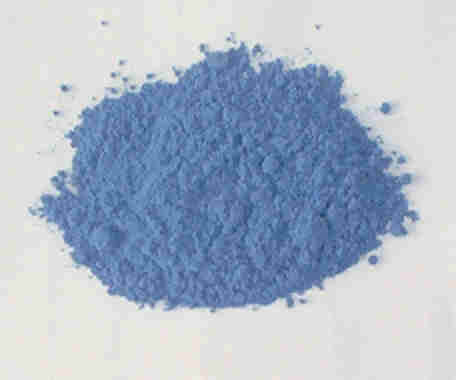Podcast: Play in new window
BOB HIRSHON (host):
Repurposing an ancient dye. I’m Bob Hirshon and this is Science Update.
Many of today’s synthetic dyes, paints, and inks can trace their lineage back to Egyptian blue, a rich azure pigment created five thousand years ago. University of Georgia chemist Tina Salguero and her colleagues recently studied Egyptian blue’s key ingredient, calcium copper silicate, on the nano scale. They found that it’s actually composed of incredibly thin sheets, which have useful optical properties.
TINA SALGUERO (University of Georgia):
They emit radiation in the near-infrared region. This is an area of the spectrum that we can’t see by human eye, but it’s used for telecommunications and other applications.
HIRSHON:
Today’s near-infrared-emitting materials contain so-called rare earth ions, which are relatively difficult to obtain and in dwindling supply. Calcium copper silicate, on the other hand, is made from abundant and cheap elements. I’m Bob Hirshon for AAAS, the Science Society.

